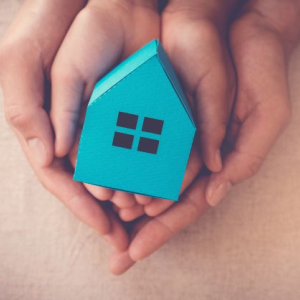
The Shelter Initiative


Shelters are often the first step for indigenous women and children who experience violence. Families face challenges and barriers to emergency housing. Shelters help rebuild their lives while protecting them from further violence. The Canada Mortgage and Housing Corporation (CMHC) is providing $44.8 million over five years for constructing 12 shelters across Canada. Canada Mortgage and Housing Corporation led the Shelter Initiative. They plan to build 10 shelters in On-reserve First Nation Communities and 2 in Nunavut, Yukon, and the Northwest Territories.
Announced on June 17, 2021, the committee, with representatives from CHMC, ISC, and the National Aboriginal Circle Against Family Violence, along with Shelter Managers and directors working in Indigenous shelters, guided the selection process. They selected recipients for the construction and support of shelters across Canada for Indigenous women and children and 2SLGBTQQIA+ people escaping violence.
This initiative will build 12 new shelters to add to the existing network of shelters for Indigenous women and children and 2SLGBTQQIA+ people. The ISC partnership with the communities will be made in the:
- Lil’wat Nation, British Columbia
- Sturgeon Lake Cree Nation, Alberta
- Whitefish Lake First Nation #459, Alberta
- Prince Albert Grand Council, Saskatchewan
- Keeseekoowenin, Manitoba
- Hollow Water, Manitoba
- Wasauksing First Nation, Ontario
- Odanak First Nation, Quebec
- Natoaganag (Eel Ground) First Nation, New Brunswick
- Acadia First Nation, Nova Scotia
- Council of Yukon First Nations, Yukon
- Inuvialuit Regional Corporation, Northwest Territory
The shelters will be Indigenous-led. They will also provide vital refuge, culturally appropriate support, and services to help survivors recover from trauma. The women, children, and 2LGBTQQIA+ people will have a stable environment while accessing support programming to regain independent lives.

“Everyone deserves a safe place to call home. A place where a child can learn and grow in a stable environment. A place where a 2SLGBTQQIA+ youth can feel accepted. This is why our government is providing funding to build and operate 12 new emergency shelters across Canada. These will be places of sanctuary for Indigenous women, children, and 2SLGBTQQIA+ people escaping family violence. These shelters will provide an opportunity to rebuild lives and gain independence and will include access to critical Indigenous-led support services. This is the National Housing Strategy at work.”— The Honourable Ahmed Hussen, Minister of Families, Children and Social Development and Minister Responsible for Canada Mortgage and Housing Corporation.
“Northern, remote, and isolated communities face many unique challenges in providing necessary services and supports for those escaping violence and abuse. This funding for constructing and operating 12 new shelters will help Indigenous women, children, and 2SLGBTQQIA+ people by giving them a safe place to go and the go and culturally appropriate resources they need to rebuild their lives. We will continue to work together closely in partnership with Indigenous, Northern, and territorial partners to provide the vital support that families need.”— The Honourable Daniel Vandal, P.C., M.P., Minister of Northern Affairs.
The Government of Canada takes violence against indigenous women, children, and 2LGBTQQIA+ people seriously. It will continue working with Indigenous peoples and organizations and the provincial and territorial governments to develop effective and culturally appropriate solutions.
They are also a key element to the Federal Pathway to Addressing Missing and Murdered Indigenous women, girls, and 2LGBTQQIA+ people and the Government of Canada’s response to the National Inquiry into Missing and Murdered Indigenous Women and Girls and is a vital chapter to the National Action Plan to end violence against Indigenous women and girls and 2LGBTQQIA+ people.
By: Tricia Cook, Content Navigator